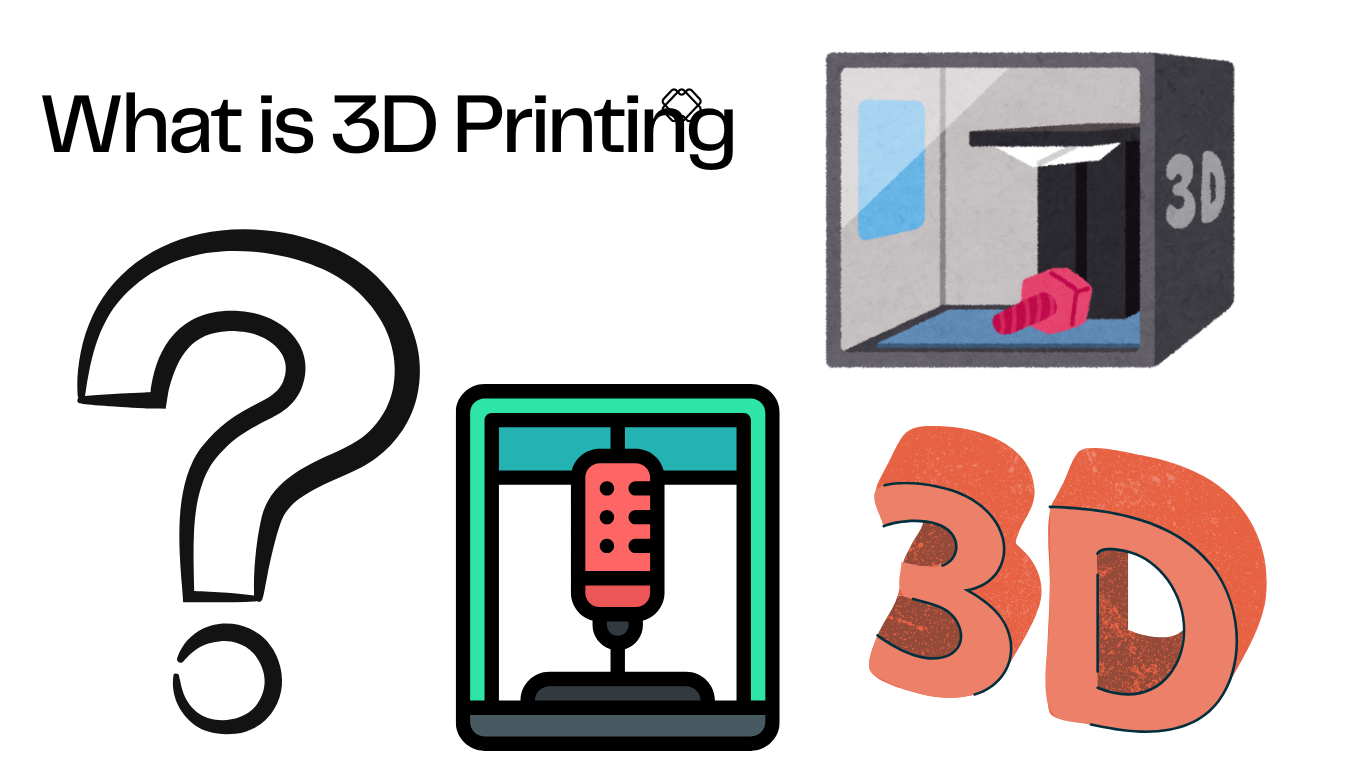3D printing, also known as additive manufacturing, is a process of creating three-dimensional objects by adding material layer by layer based on a digital design. Unlike traditional manufacturing methods that involve cutting or molding, 3D printing builds objects from the ground up, making it highly versatile and efficient.
This technology is used in various industries, including automotive, aerospace, healthcare, and construction, to create prototypes, custom parts, and even entire structures.
How Does 3D Printing Work?
The 3D printing process generally follows these steps:
1. Designing the Model
A 3D digital model is created using Computer-Aided Design (CAD) software like AutoCAD, Fusion 360, or SolidWorks. Alternatively, existing models can be scanned using a 3D scanner.
2. Slicing the Model
The digital model is converted into thin layers using slicing software like Cura or PrusaSlicer. These layers act as instructions for the printer.
3. Printing the Object
The 3D printer deposits material layer by layer, following the sliced design, until the complete object is formed.
4. Post-Processing
After printing, the object may need cleaning, curing, or painting to enhance its appearance and strength.
Types of 3D Printing Technologies
There are different types of 3D printing technologies, each suited for specific applications.
1. Fused Deposition Modeling (FDM)
- Uses plastic filaments (like PLA, ABS) that are melted and extruded layer by layer.
- Commonly used for prototyping and hobbyist projects.
2. Stereolithography (SLA)
- Uses liquid resin and a laser to cure layers into a solid object.
- Provides high precision, ideal for dental and medical applications.
3. Selective Laser Sintering (SLS)
- Uses a laser to fuse powdered materials like nylon or metal.
- Used for industrial and aerospace applications.
4. Digital Light Processing (DLP)
- Similar to SLA but uses a digital light projector instead of a laser.
- Produces detailed and smooth surfaces.
5. Binder Jetting
- Uses a liquid binder to fuse powder particles into a solid shape.
- Used in sand casting and metal part manufacturing.
Applications of 3D Printing
1. Prototyping & Manufacturing
- Companies use 3D printing to create quick prototypes before mass production.
- Reduces costs and speeds up design iterations.
2. Healthcare & Medicine
- Used for custom prosthetics, dental implants, and even organ models for surgery planning.
- Scientists are developing bioprinting to create human tissues.
3. Automotive & Aerospace
- 3D printing helps in lightweight components, reducing fuel consumption.
- Space agencies like NASA use 3D printing for spacecraft parts.
4. Construction & Architecture
- Large-scale 3D printers can build houses and bridges using concrete layers.
- Saves time and reduces material waste.
5. Education & Research
- Schools and universities use 3D printers for hands-on learning in engineering and design.
Benefits of 3D Printing
✅ Cost-Effective – Reduces material waste and manufacturing costs.
✅ Faster Production – Speeds up prototyping and custom production.
✅ Customization – Allows unique designs tailored to specific needs.
✅ Less Waste – Uses only the material needed for the object.
✅ Lightweight & Strong – Creates optimized structures with high strength.
Future of 3D Printing
🔹 Advancements in Bioprinting – Scientists are working on printing human organs for transplants.
🔹 3D-Printed Food – Could revolutionize the food industry with personalized nutrition.
🔹 Space Exploration – 3D printing could allow astronauts to print tools and habitats on Mars.
🔹 Mass Production – Improved speed and material options could make 3D printing more common in factories.



